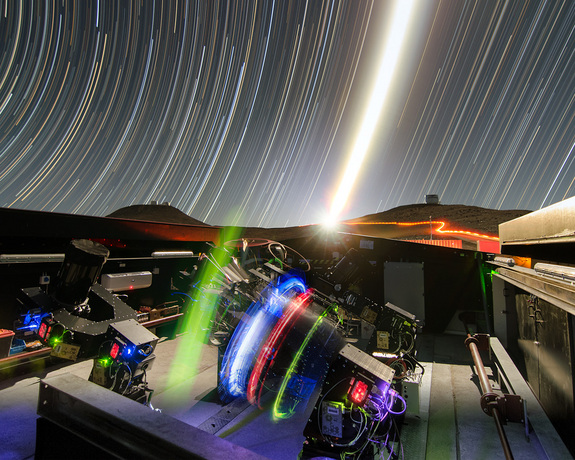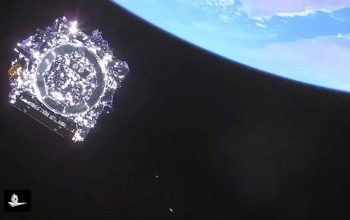A new telescope known as the Next Generation Transit Survey (NGTS) recently opened for exoplanet-hunting business in Chile! The NGTS is made up of 12 robotically operated telescopes which are used to study the transits and atmospheres of small exoplanets two to eight times the size of our beloved Earth.
Transits are the period in an exoplanet’s orbit when it passes in front of it’s host star, causing a very slight dip in the magnitude of the star’s brightness. The NGTS will measure the details of an exoplanet’s transit to determine whether or not it has an atmosphere and its the chemical composition. This is done by recording changes in the spectra when light hits the exoplanet’s atmosphere. The sensitive light detecting telescopes will also be able to identify whether or not an exoplanet is rocky or gaseous. The NGTS has already made small observations on exoplanets and will continue to discover much more.
The NGTS is operated by the European Southern Observatory (ESO) and located at the Paranal Observatory. The ESO is run by 15 different countries. The NGTS was built by three of those countries, a consortium from Germany, Sweden, and the UK.
Scientist are making great strides towards discovering the true nature of exoplanets in our galaxy. Closer and closer the day may come when we turn on the television to discover human’s aren’t alone in the galaxy!
Comment your thoughts and questions below! Also, follow me on Twitter and Facebook for instant updates on blog postings.
Keeping looking up!
– Julia
Key terms:
- spectra: band of the colors of visible light created by separation of the components of light by their different, unique degrees of refraction according to wavelength
- exoplanet: a planet orbiting a star outside of our solar system
SOURCES: Space.com, NASA




